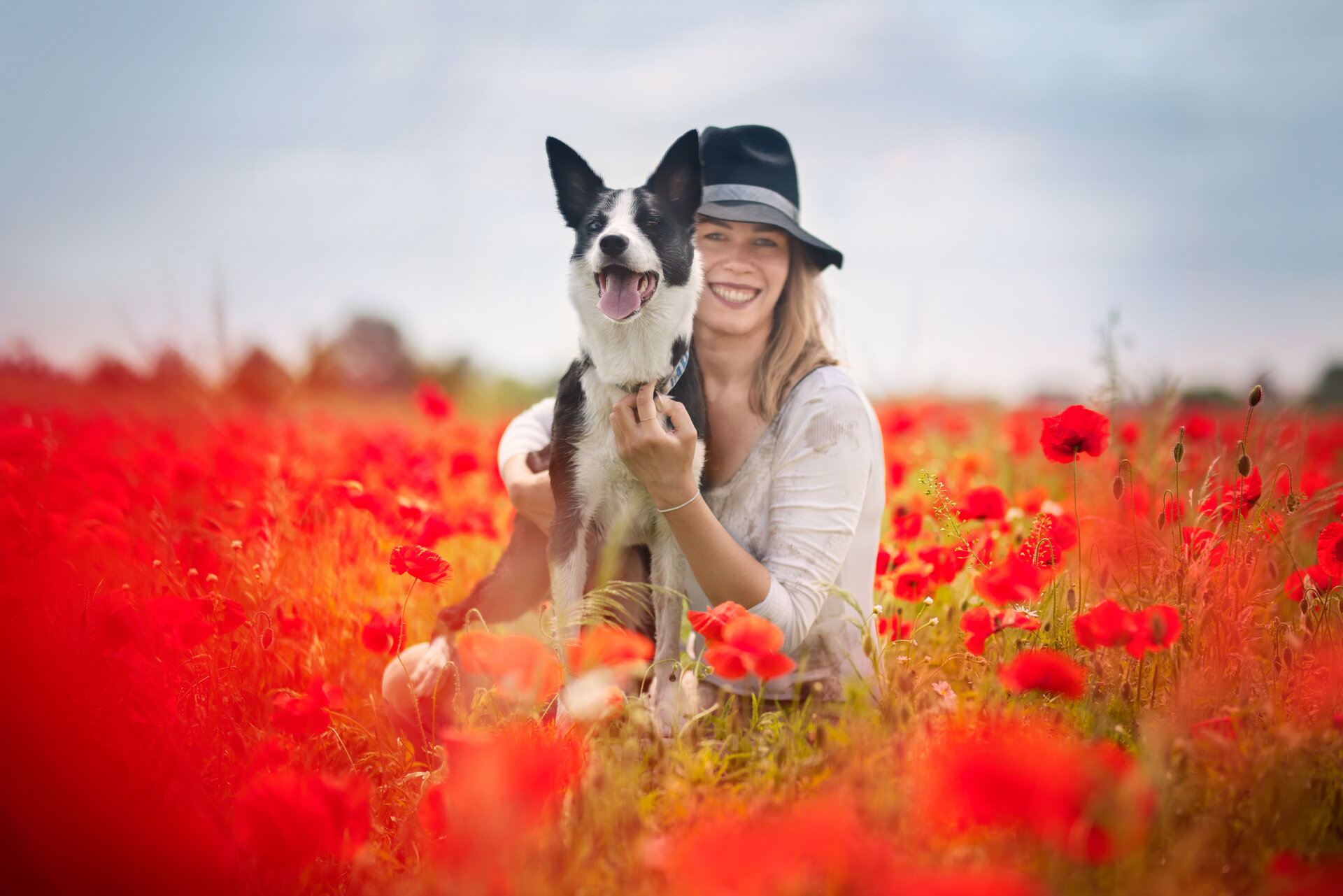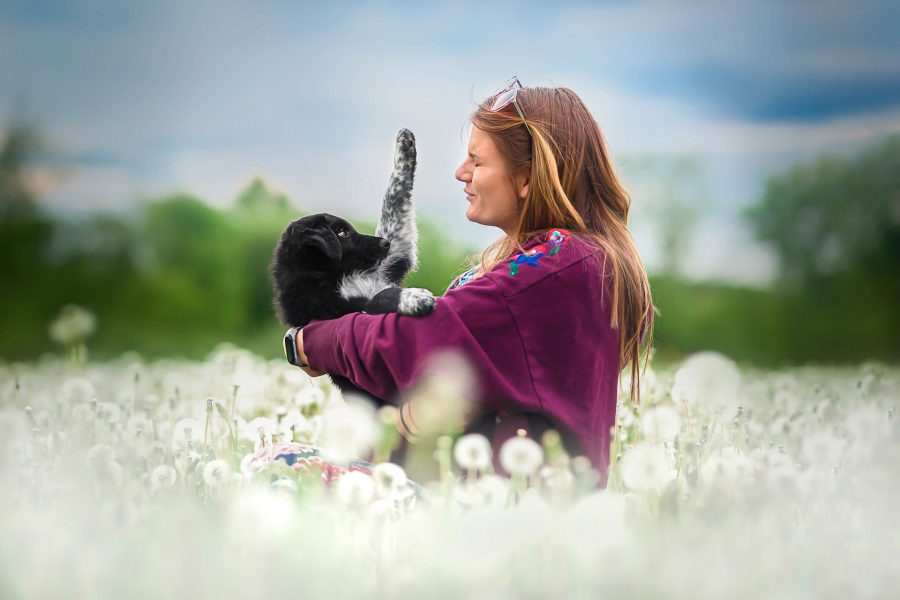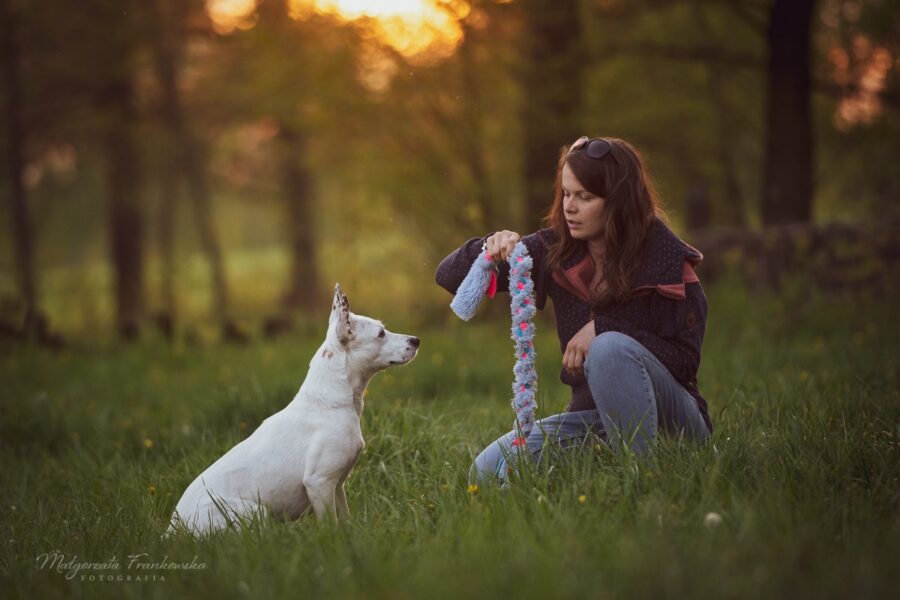Petsly is a place for people who call themselves “beast-loving” and approach tenderness and care with wild enthusiasm, but also with valuable common sense. Such a person is undoubtedly Jagna Nowotarska: a cultural anthropologist by education, an instructor and obedience competitor, and a behaviorist with an eye for dog relations. Jagna told us very honestly about the challenges in life with a sports dog and about the roller coaster of emotions that accompany it.
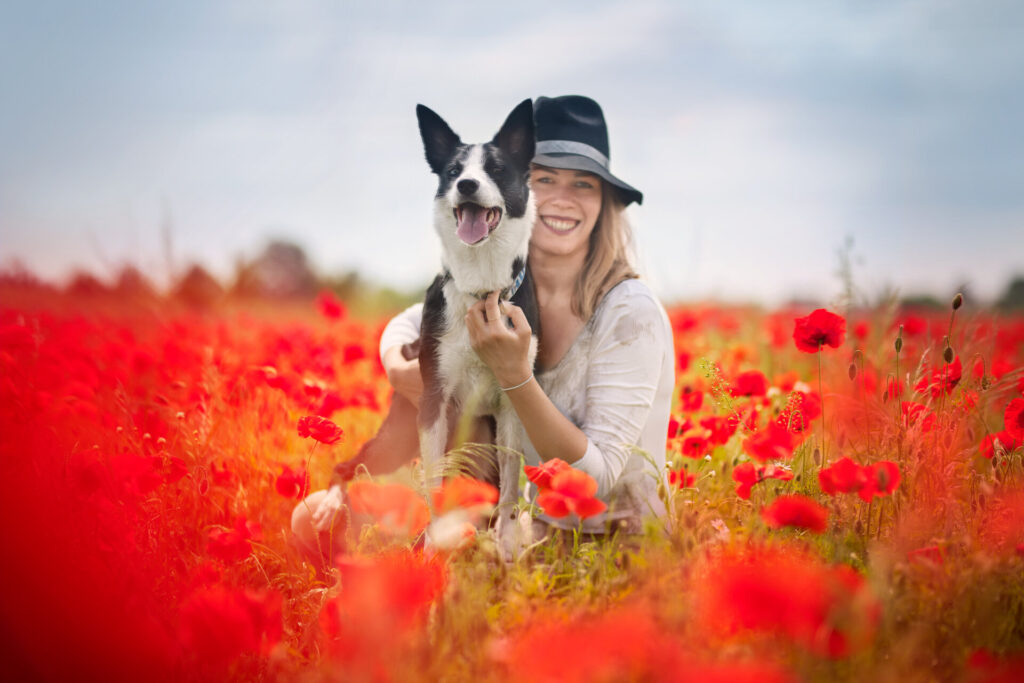
At the beginning, the game of associations. You hear the word “dog”. What’s in your head?
First associations? Responsibility and care. I think “dog” and immediately feel such a small burden on my heart that tells me: “you have to take good care of him and that is a big responsibility.” These are emotions that accompany dogs. When it comes to the painting, I can see a path, high meadows in Mazovia, and among them a dog looking at me.
This is what pops up in my head when I think about a dog: care, responsibility, walk, sun. Those who know me may be surprised that there is no joke and such carefree joy in this answer, but I have had dogs since I was 19. This means that straight from being a teenager, I immediately jumped into being a serious canine parent and took it very seriously from the beginning.
Jagna – you are a trainer, behaviorist. What does it mean? What you do on a daily basis?
205 / 5000
Translation results
I mainly deal with leading dogs to sport, in particular to sports obedience, i.e. obedience. I want to deny the rumors right away – it is not boring as some people claim.
My main goals? First of all, I try to lead people on their sports path. For me, in sport with a dog, the most important thing, apart from good communication, is taking care of the needs of the entire dog-human relationship: both the dog and the handler. This approach is also very practical, because it is clearly visible during the competition or in the ring. A good relationship affects whether the pair of players understand each other well or whether there is a so-called flow or not. Of course, in sports it is just as important to focus on these basic needs of the dog as exploration, a sense of security during training, etc.
To sum up: in order for our dog to compete well and to want to exercise with us, he must be mentally and physically well-groomed. And that’s what I help my players and clients in.
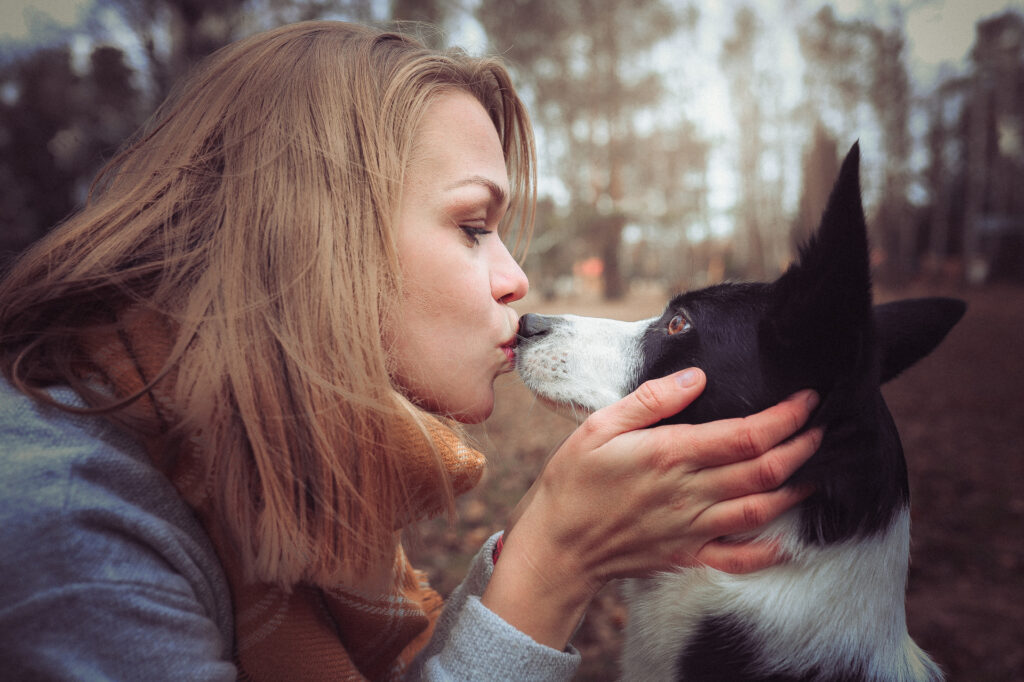
Since we already know a bit about you, we would also like to meet your pets. Tell us a few words about your dogs.
A few words are definitely not enough! I have three dogs: the oldest Kelt is almost 15 years old and is a Belgian Shepherd. This is my first dog and the first dog in the family. In 2013, I even attended the World Obedience Championships with him. Kelt was a dog that we were quite underdressed with, because he likes to work for himself and be the center of attention, but is reluctant to share glamor. It was hard at times, but to be honest today I appreciate these experiences, because I learned a lot from them. Kelt is of course retired and I laugh that he is eternal because he is 15 and he is in great shape.
My second dog is Tekla, an 8-year-old border girl and he is a very affectionate, sweet and people-focused dog who really showed me how great fun working with a pet can be. Training with her is pure pleasure. With Kelt, I had the impression that we were metaphorically kicking our ankles all the time, and with Tekla it was completely different. This is a dog with a heart in his hand, with the most charming disposition.
And last but not least: Aku, who is also a border and will be 3 years old in April. She is a little Italian from the sports lines with a matching pedigree. Theoretically, this is ideal for me, so what could go wrong? Well… It was different. Aku is a dog that is a reflection of myself and that’s why at the beginning it was very difficult for us to get along. It is quite specific, probably strange to some: sensitive, reactive. She is concerned about many things and her reactions are surprising. This is my little monkey, but also the dog that I am closest to now – it is the one I train with the most. Aku is clearly a part of me, and despite all the way we’ve come, I love this dog tremendously.
Speaking of love, what touches you about dogs?
It touches me a lot when a dog is clumsy. When he tries to do something, he will stare and load himself onto a wall or a tree. Maybe it’s a bit politically incorrect, but I find it really cute. So is dog sighing – sometimes, when training takes a long time, something fails and we have to repeat the exercise, some dogs sigh and gasp before they start working again. Of course, my dogs also touch me – the way they greet me when I come back, how they squirm despite the age difference, even though they are totally different, but they are all so hungry for contact with me.
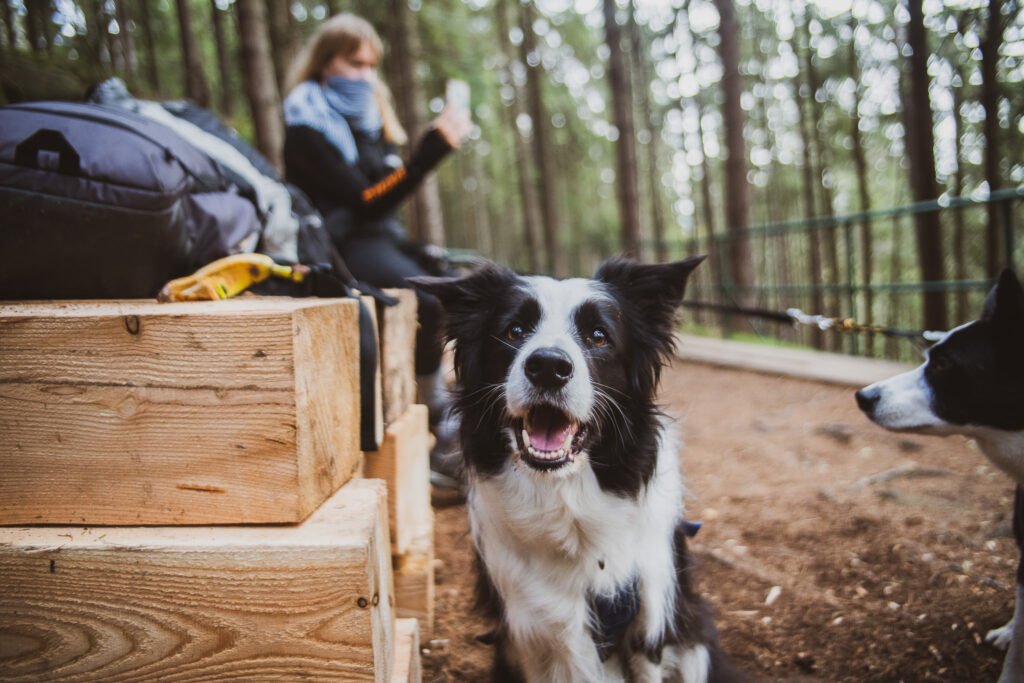
Do you think that people care more and more consciously?
This is a complicated question. On the one hand, yes, because we as a society increasingly realize that a dog will not necessarily be happy on a chain. There is a growing feeling that the dog is a family member and an important creature in our lives, and in general I believe that the dogs’ standard of living has increased. However, I also observe that dogs are denied the right to be dogs. To the fact that dogs sometimes show aggression and this is one of their ways of communication, sometimes they are more aroused, and we still and still strive to calm down.
Much of the behavior that occurs in the city is related to the fact that dogs are overstimulated and maladjusted to what happens to them on a daily basis. We often put very human optics on them, which is natural of course, but we cannot expect human reactions from dogs and avoid high emotions. We forget that dogs are predators for whom these emotions are important and that dogs will react like predators and have needs adequate for this.
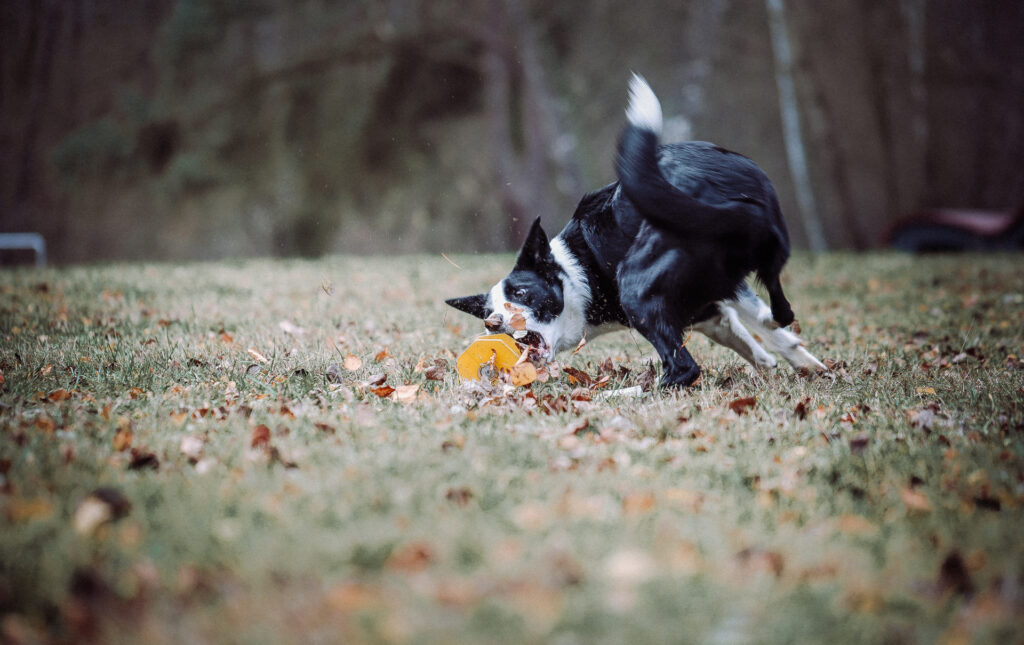
What, apart from ignoring this predator in the dog, do we most often make mistakes in the relationship with our pets?
I think the most common thing is that we give them our human characteristics and needs, or the other way around: we think of them as wild wolves. The dog is somewhere in between – so ethnologically speaking, between nature and culture. It is not entirely a wild predator, but also not a fully-fledged member of the human community, so dogs cannot be ascribed human characteristics.
It is a mistake to think that the dog’s need is to lie on the couch and lie on the pillow, because we love it. The fact that we are looking forward to a windfall or vacation does not mean that dogs do not like to work. It is just the opposite! This, of course, does not mean that our little or bigger Fafik has to run all the time and never get on the couch. After all, this soft pillow can also be nice to him. My dogs have a lot of canine life, unfortunately including the occasional pooping on a walk, but at the same time, even now I watch Tekla lounging on the couch and crawling under the sheets.
I think we just have to balance this healthy balance with this alarm in the back of the head that reminds us that the dog is a predator. I will repeat it ad nauseam: dogs are not children, they are not fluffy bunnies. They are predators, although of course adapted to understand us and be able to live with us.
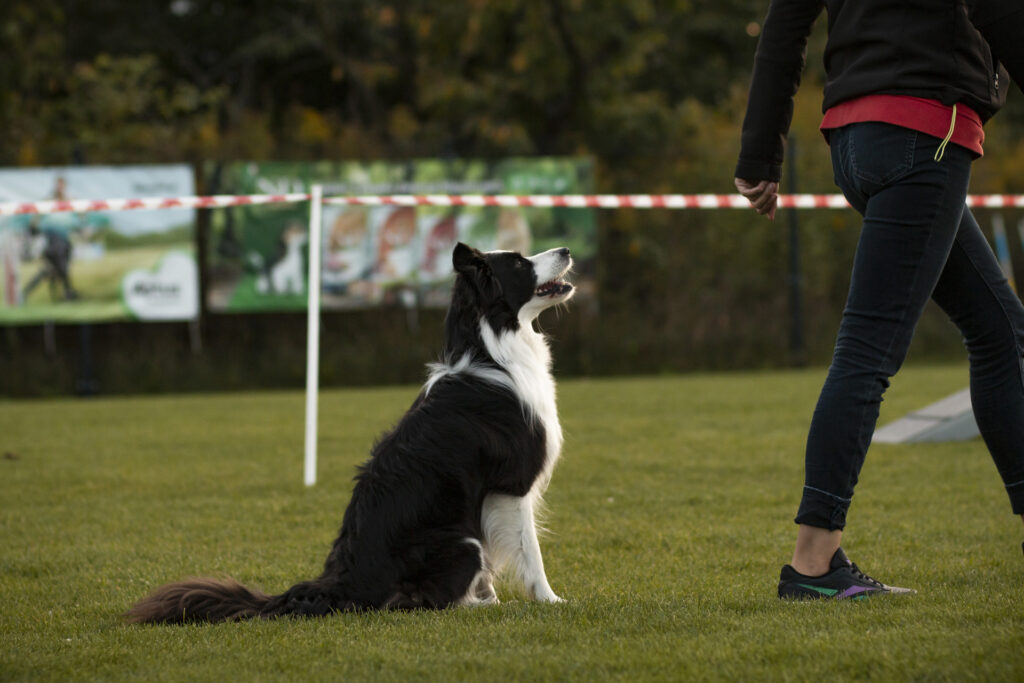
What myths do you fight the most as a behaviorist and trainer?
Fortunately, I do not know too many myths, because I am more of a conscious dog fancier, but I can tell you what annoys me in this environment in which I am involved. I am often convinced that correction is a cure for everything. This is a mistake – often when a dog does something wrong, it is simply because he is not taught what we expect him to do.
It also annoys me when I hear that the dog is doing something maliciously or uphill – for the most part it is a matter of the fact that the dog does not fully understand the commands and is not taught something well. Another such myth about the border collie is that many people think it is a dog like everyone else. I don’t agree with that: Borders are very specialized and they think clearly differently from the rest of the races.
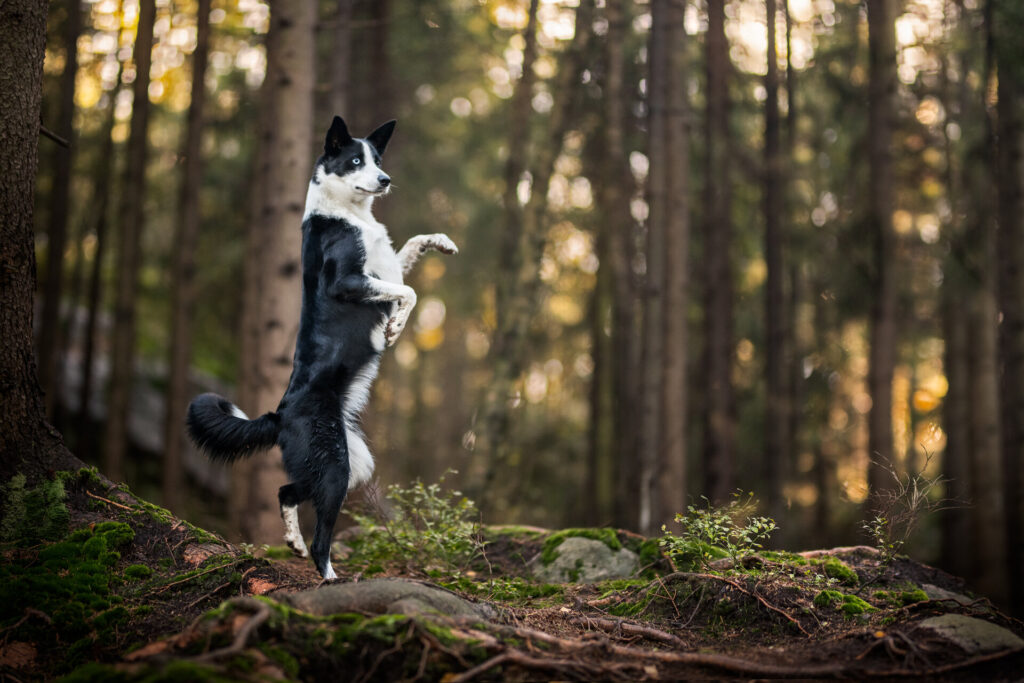
What about challenges in working with people and their dogs? What’s the most difficult for you?
To be punctual and remember to always write back – I forget about it, so I can officially apologize to you, my dear customers, that sometimes it happens.
When it comes to the job of a trainer, the challenge is to understand how to work with a given person. I am very good at it and I really like working with people, but it always requires a lot of concentration and empathy with the other person, their possibilities, perspectives and way of thinking. This is the hardest part, especially if you want to explain to someone what his dog’s world is like. In the end, the point is for this explanation to arrive in the right way, for the client to be satisfied with it and for the lesson to come out richer in knowledge.
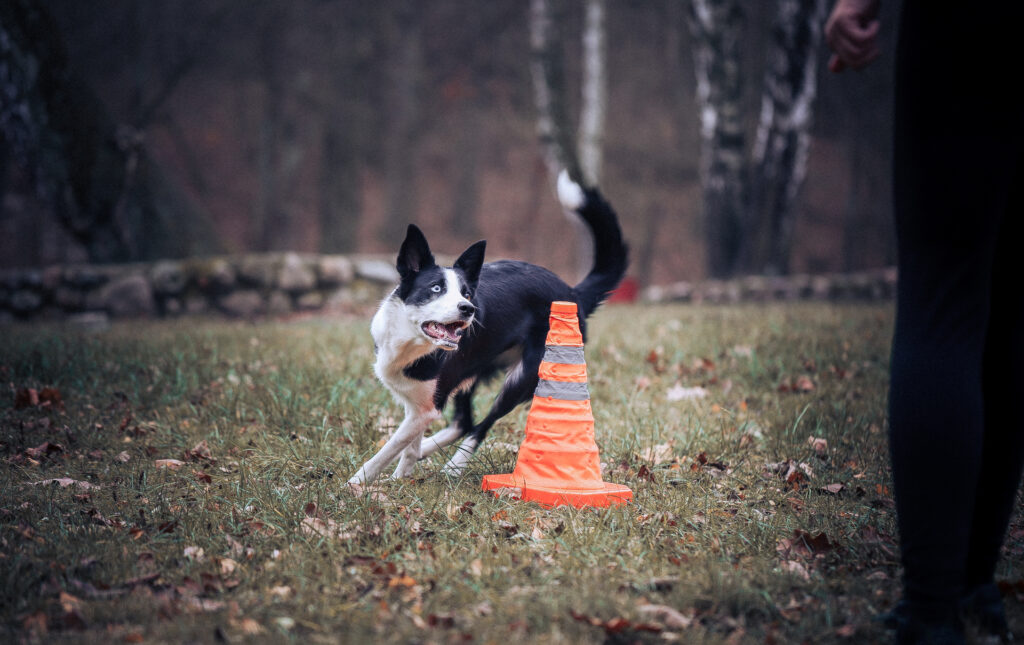
What do you think a good dog handler should be like?
I think he should be attentive and have a lot of humility and respect for the fact that he has another creature in his house. You have to remember that it will not be that this dog under our roof will read minds. We must try to communicate with him as best we can – in my opinion, good communication gives a ton of satisfaction. It is also important to know that living with a dog is a process in which you must respect your pet’s needs and yours. The key is to want to learn all of this.
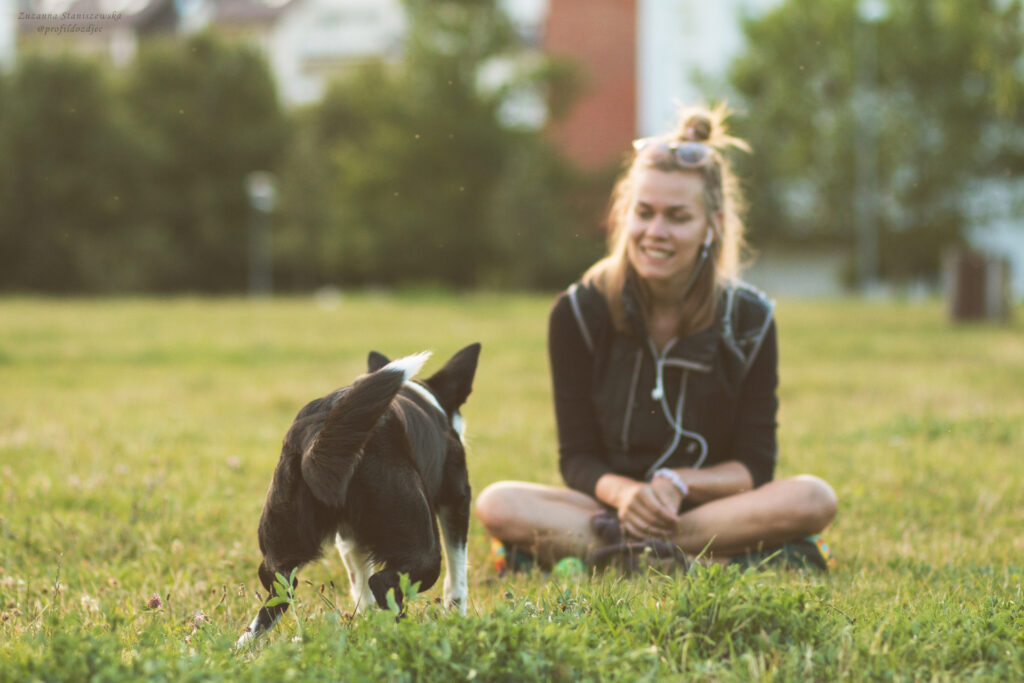
What would you like to say to pet keepers, especially those at the beginning of the road?
First of all, I would like to say that it is perfectly normal for a puppy to bite, pee, cannot reach him, react to nothing and behave terribly, run after children and pinch them. About 4-5 months there is a stage which I call a vegetable with teeth – sometimes it is very difficult to reach such a puppy and not much can be done here, because it’s just physiology. This is normal, so if you have a puppy, don’t get tense, don’t stress, because all these behaviors will largely pass, this dog changes and the relationship builds. Obviously it’s worth having someone to guide at this stage, but that will pass and probably get better. It’s like with babies – we hope that one day teething and diapers will disappear.
With love,
Petsly Team


